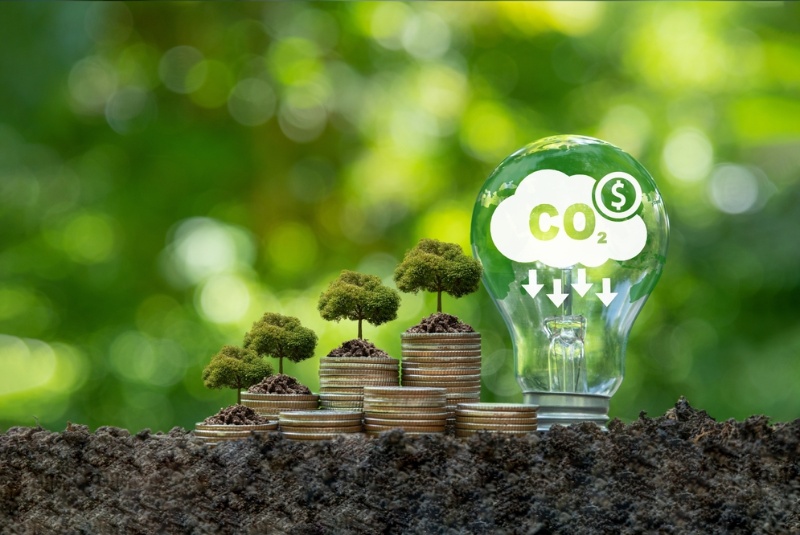When you step into a store to buy a product, the price tag often dictates your decision. It's a clear, quantifiable factor that you can easily compare across different items. However, this price tag captures just a fraction of a product's true cost—especially when we consider the environment. The environmental costs associated with manufacturing, using, and disposing of products are frequently overshadowed by their monetary prices. This article delves into the significance of these hidden costs and underscores the need to evaluate products beyond their immediate price tags.
1. Understanding Environmental Costs
Environmental costs, also known as externalities, refer to the unintended side effects of a commercial activity that aren't directly borne by the businesses or consumers involved. These costs might manifest as polluted rivers from dyeing textiles, deforestation for palm oil production, or greenhouse gas emissions from transporting goods. They're costs that society at large pays for, often in the form of health impacts, lost biodiversity, and climatic disruptions.
A. The Manufacturing Phase: The creation of a product often involves raw materials extraction, processing, and assembly. These stages can lead to:
- Deforestation for resource extraction, reducing biodiversity and increasing carbon dioxide levels.
- Water pollution due to the release of chemicals into waterways.
- Emission of greenhouse gases from factories.
B. The Usage Phase: The environmental impact doesn’t stop once a product is sold. Energy-consuming products, like electronics and vehicles, continue to exert environmental pressures during their lifespan. This includes:
- Electricity consumption leading to more fossil fuel burning.
- Resource depletion due to continuous use.
C. The Disposal Phase: At the end of a product's life, the manner in which it is discarded holds environmental implications:
- Products ending up in landfills release methane, a potent greenhouse gas.
- Electronic waste often contains hazardous chemicals that can leach into soil and water.
- Non-biodegradable plastics polluting oceans and endangering marine life.
2. Why Should Consumers Care?
The environmental repercussions of consumer choices often circle back to affect humanity. For instance:
- Poor air quality can lead to respiratory diseases.
- Disrupted ecosystems can impact food supply chains, leading to scarcity and increased food prices.
- Climate change, driven by rampant consumerism and unsustainable industrial practices, can lead to extreme weather events, displacing millions.
Furthermore, as regulations tighten and the effects of climate change become pronounced, businesses may face higher operational costs, which could be passed on to consumers.

3. Empowering Consumers with Knowledge
Understanding the environmental costs of products is crucial for making informed decisions. To achieve this:
- Companies should be transparent about their supply chains, manufacturing processes, and waste management.
- Independent bodies can introduce certification schemes, labeling products based on their environmental footprint.
- Consumers can leverage technology: various apps and online platforms can provide insights into the ecological impact of products.
4. Making Sustainable Choices
Acknowledging the environmental costs doesn’t imply one should stop consuming. Instead, consumers can:
- Opt for products with eco-friendly certifications.
- Reduce consumption of single-use items.
- Support brands that commit to sustainable practices.
- Recycle and repurpose instead of discarding.
5. Government and Corporate Responsibilities
While individual choices matter, broader systemic changes are imperative:
- Governments can enforce stringent environmental regulations.
- Industries can adopt cleaner technologies and invest in research to minimize their ecological footprints.
- Collaborations between governments, NGOs, and corporates can lead to the development of sustainable supply chains.
While the immediate price tag of a product gives us an understanding of its financial cost, it's high time we expand our horizons to consider the hidden environmental ledger. By becoming conscious consumers, understanding the broader implications of our choices, and advocating for transparency and sustainability, we can pave the way for a world where products don't just come at a monetary price but truly reflect the comprehensive cost they bear on our planet.




